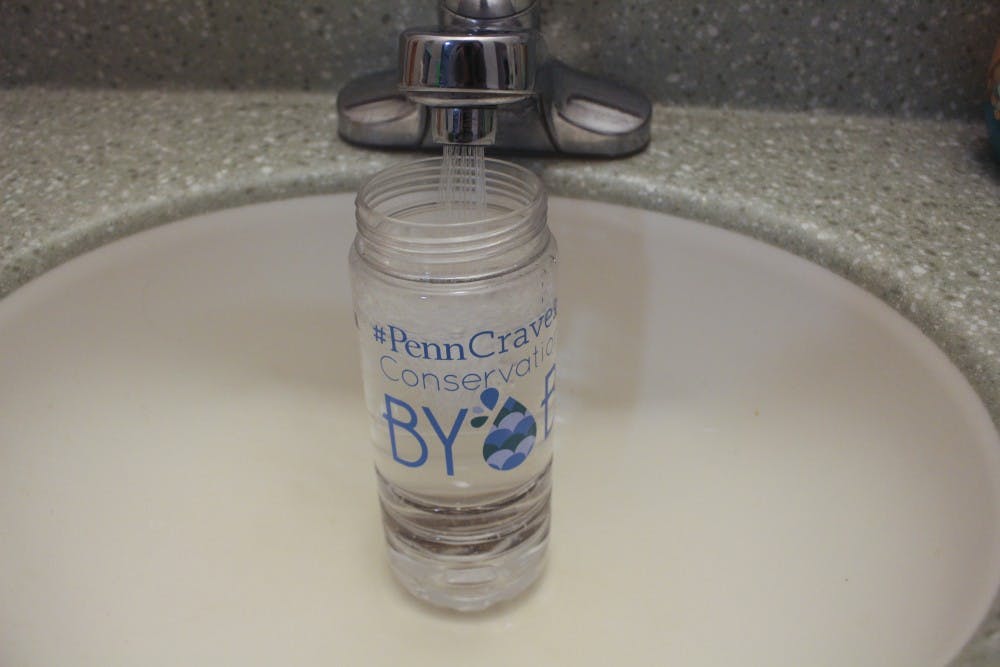
Chromium-6, a cancer-causing carcinogen, has been found at higher-than-recommended levels in the tap water supplying two-thirds of all Americans, according to a report from the Environmental Working Group. In Philadelphia, the nonprofit research organization found an average of 0.39 parts per billion, much higher than the group recommends.
EWG analyzed the Environmental Protection Agency’s data on more than 60,000 samples collected at water utilities in all 50 states between 2013 and 2015. They found chromium-6 at levels deemed unsafe by public health officials.
EWG used two different standards when deciding whether existing chromium-6 levels in community water systems are potentially dangerous. The first standard is the public health goal of 0.02 parts per billion set by California’s Office of Environmental Health Hazard Assessment. The group also looked at the actual legal limit adopted by California regulators, 10 ppb, even though the EWG’s scientists consider this too easygoing of a standard.
Adam Finkel, Senior Fellow and Executive Director of the Penn Program on Regulation, said that since Philadelphia is in the middle of these two standards, it should be a concern for the city.
“The fact that Philadelphia is at 0.39, I certainly wouldn’t say that there is no reason for concern,” Finkel said. “I mean anything above 0.02 ppb is something that we cannot dismiss but I would call it a small risk compared to other environmental risks that people in the city are facing.”
Chromium-6 is produced naturally in the environment as well as by industrial projects. Chromium-6 is known to cause skin burns, pneumonia, complications during childbirth and stomach cancer, even in small doses.
It is the same chemical Erin Brockovich, later made famous when Julia Roberts portrayed her in a 2000 film, uncovered in a large amount of industrial hexavalent chromium contamination in the drinking water of a town in California that had a cancer epidemic.
“The EPA was working with chromium-6 as ventilation hazard for many years but they haven’t focused on chromium-6 as a drinking hazard until more recently,” Finkel said. “Everything the EPA is doing now is taking forever.”
Even though the EPA defines chromium-6 as a known carcinogen, there is no federal standard on the maximum amount of chromium-6. In 1991, the EPA set a regulation for total chromium, but that includes chromium-3, which is a naturally occurring chemical and essential human nutrient.
According to the Occupational Safety and Health Administration, high levels of airborne chromium-6 can cause cancer. However, there is uncertainty about what exactly is the safe amount of chromium-6 in drinking water and what the possible long-term consequences may be when people ingest it through water.

“Unfortunately, the EPA in recent is more reluctant to put out a risk assessment until they have satisfied industries and made sure that there is not any alternative theory to explain why animals got cancer,” Finkel said. “They are stuck in this lengthy back and forth and it could go on forever.”
In March 2010, the agency said that it had initiated a reassessment of the health risks associated with chromium exposure and did not believe it was appropriate to revise the national primary drinking water regulation while that effort was in process.
“EPA is stuck in this timid place where they feel like they cannot go forward until every last effort to exonerate this material has been tried,” Finkel said. “To me, that’s the opposite of what the EPA should be doing. The EPA should have strict protections and then be willing to relax those protections when more information is found. Right now, they are leaving us with underprotection.”
The Daily Pennsylvanian is an independent, student-run newspaper. Please consider making a donation to support the coverage that shapes the University. Your generosity ensures a future of strong journalism at Penn.
DonatePlease note All comments are eligible for publication in The Daily Pennsylvanian.








